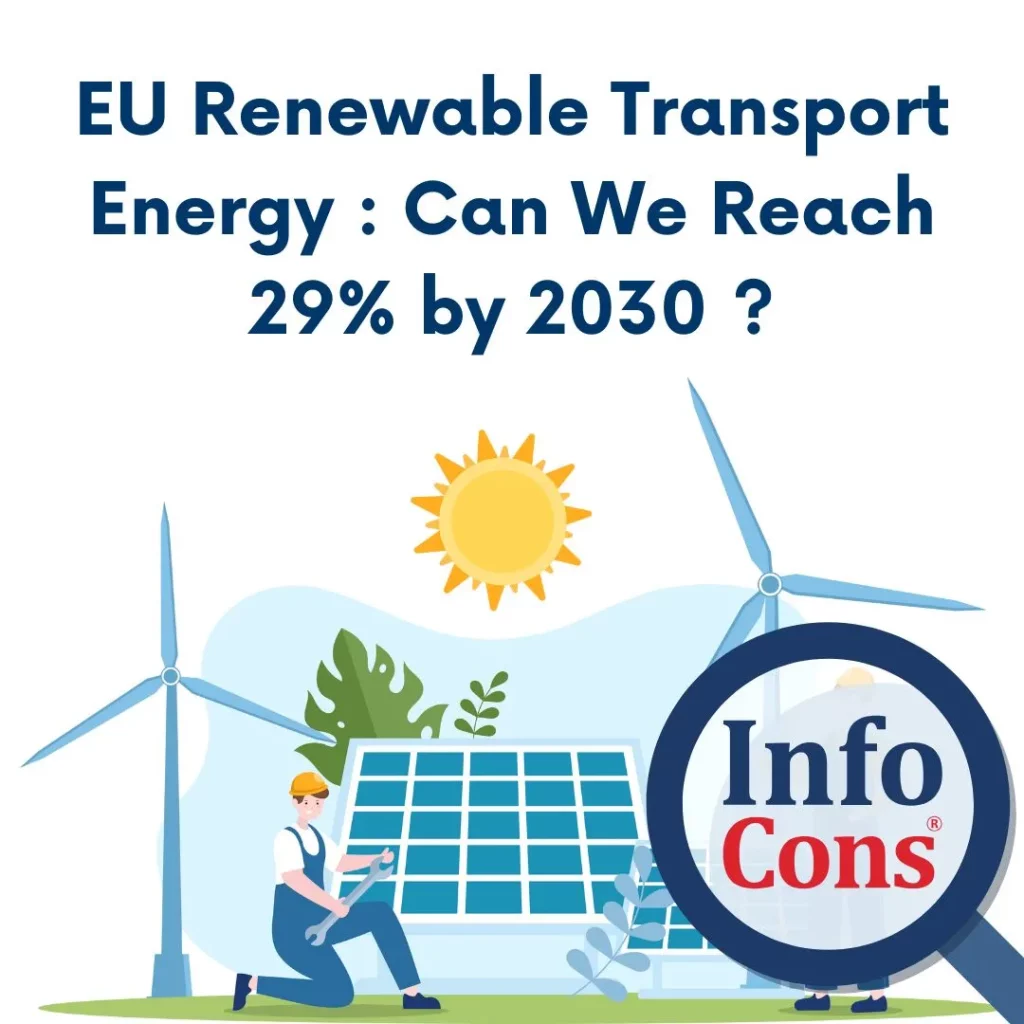
As the European Union continues its push towards a sustainable future, renewable transport energy sources are playing a crucial role in transforming the transport sector. In 2023, the share of renewable energy in transport reached 10.8% at the EU level, marking an increase of 1.2 percentage points (pp) from 2022 when it stood at 9.6%. This steady progress highlights the EU’s commitment to reducing carbon emissions and decreasing reliance on fossil fuels.
However, despite this growth, the gap between current performance and the 2030 target of 29% remains substantial. Meeting this ambitious goal requires an average annual increase of 2.6 percentage points between 2024 and 2030—a significant challenge given that the average annual increase between 2014 and 2023 was only 0.43 percentage points.
Leading and Lagging Countries in Renewable Transport Energy
The transition towards renewable energy in transport is progressing at different speeds across EU member states.
Read also : EU E-Commerce Imports : New Regulations to Ensure Safety & Sustainability
Countries Leading in Renewable Transport Energy
Among all EU nations, Sweden stands out as the leader in renewable energy adoption in transport. In 2023, it achieved a remarkable 33.7% share of renewables, making it the only EU country to have already met the 2030 target. Following Sweden, Finland (20.7%), the Netherlands (13.4%), and Austria (13.2%) have also made significant progress in integrating renewable energy into their transport systems.
Countries Struggling with Renewable Transport Energy
On the other end of the spectrum, some EU countries are struggling to transition to greener transport solutions. Croatia (0.9%), Latvia (1.4%), and Greece (3.9%) recorded the lowest shares of renewable energy in transport, highlighting the need for stronger policies and incentives to drive progress in these regions.
Yearly Trends in Renewable Transport Energy
Examining the year-over-year changes between 2022 and 2023 provides insight into the shifting trends in renewable energy adoption for transport.
Read also : How to Recover from a Data Breach and Safeguard Your Personal Data
Countries with the Highest Growth in Renewable Energy for Transport
Several EU nations made notable strides in increasing the share of renewable energy in transport:
- Sweden recorded the most significant jump, increasing by 4.9 percentage points.
- Austria and Portugal both saw an increase of 2.5 percentage points.
These gains indicate strong national policies and incentives encouraging the use of biofuels, electric vehicles, and other renewable energy solutions in transport.
Countries with Declining Renewable Transport Energy
Conversely, some EU countries experienced setbacks:
- Latvia saw the largest drop, decreasing by 1.7 percentage points.
- Croatia followed closely with a 1.5 percentage point decline.
- Romania also registered a decrease of 0.9 percentage points.
These declines may be attributed to policy changes, economic factors, or shifts in energy supply that impacted the availability and affordability of renewable fuels for transport.
Read also : Preventive Care in the EU – Which Countries Invest the Most ?
Strategies to Increase Renewable Transport Energy
With only six years left to achieve the 29% renewable energy target for transport, EU nations must accelerate their efforts. Key strategies to bridge the gap include:
- Stronger Policy Measures: Governments must introduce or enhance policies that incentivize renewable energy adoption in transport, such as tax benefits for electric vehicle purchases or subsidies for biofuel production.
- Investment in Transport Infrastructure: Expanding charging networks for electric vehicles and improving biofuel distribution infrastructure are critical steps in enabling greater renewable energy use.
- Cross-Border Cooperation on Renewable Energy for Transport: Sharing best practices and technological innovations among EU member states can help lagging countries catch up.
- Encouraging Private Sector Involvement in Renewable Transport Solutions: Partnerships with businesses and startups in the renewable energy sector can drive innovation and large-scale implementation of sustainable transport solutions.
The EU is making steady progress in integrating renewable energy into transport, but the current growth rate is insufficient to meet the 2030 target. While leading countries like Sweden and Finland demonstrate what’s possible, many other nations must significantly accelerate their efforts. With the right mix of policies, investments, and innovations, the EU can close the gap and build a greener, more sustainable transport sector by 2030.
Read also : Did You Know … How to Recognize and Prevent Mpox ?
Source : Eurostat
InfoCons – European Organization for Consumer Protection and Promotion of Programs and Strategies , a full member of the World Organization Consumers International, founding member of the Federation of Consumer Associations, and member of ANEC .